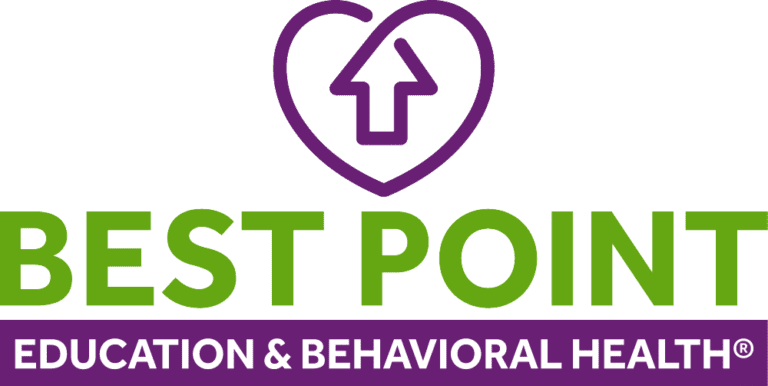DRUG & ALCOHOL COUNSELING

Co-Occurring Substance Use & Mental Health Program
A recent increase among overdose deaths in Ohio is linked to fentanyl – a drug up to 50 times more potent than morphine. The Ohio Attorney General’s Bureau of Criminal Investigation (BCI) recently confirmed that more fentanyl came through its labs than in the previous five years combined. According to the Ohio Attorney General, a particularly lethal, large-animal tranquilizer called carfentanil surfaced in Ohio and caused large waves of overdoses. Carfentanil is 100 times stronger than fentanyl and can be dangerous to touch without gloves.
This tragically impacts the state’s youth. Adults who are suffering from addiction may expose children to violence or other unpredictable behavior and often fail to provide appropriate care. The Ohio Attorney General says the state’s child welfare system has seen a 19% increase in the number of children removed from parental custody since 2010, and now has close to 14,000 children in custody.
Nationally, 90% of Americans who met the medical criteria for addiction started smoking, drinking, or using other drugs before age 18. The Health and Human Services Office of Adolescent Health reports that more than three out of 10 high school seniors drank alcohol in the past month, and one in six engaged in “binge drinking” daily in the past two weeks. By the time students enter their senior year in high school, about half of youth have abused an illicit drug at least once, and more than 20% will have used a prescription drug for a non-medical purpose.
Research illustrates alcohol and drug use among youth often overlap with mental health issues. For example, youth may begin misusing substances because of undiagnosed depression or anxiety issues. Co-occurring addiction and mental health issues often complicate an ability to get an accurate diagnosis. Other outlying factors that may influence substance abuse among vulnerable populations include lack of parental supervision, academic problems, undiagnosed mental health problems, peer substance use, drug availability, poverty, peer rejection, and child abuse or neglect are risk factors associated with an increased likelihood of substance abuse among the state’s youth.
Make a Gift
Our mission of transforming the lives of children and their families cannot be fulfilled without the generous support of individuals like you.

